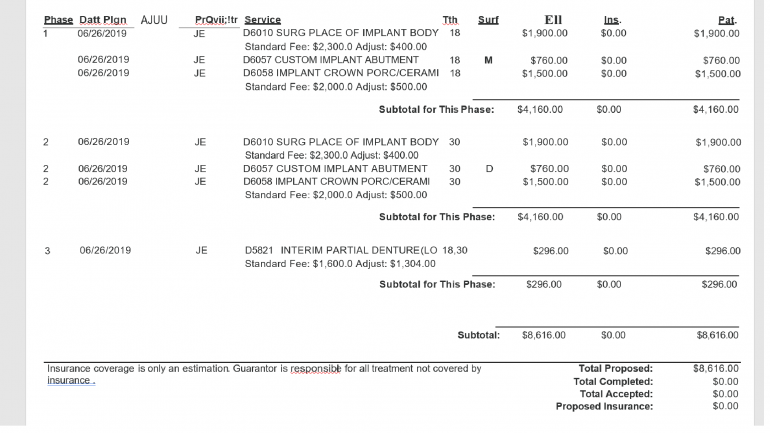
Dental Code D2971: Additional procedures to construct new crown under existing partial denture framework
Dental Code D2971 refers to the additional procedures required to construct a new crown under an existing partial denture framework. This complex process is necessary when an individual with a partial denture requires a replacement crown on one of the abutment teeth supporting the denture.
What Does Dental Code D2971 Mean?
Dental Code D2971 represents the comprehensive steps involved in rebuilding a crown on a tooth that serves as an anchor, or "abutment," for a partial denture. This procedure is distinct from simply replacing a crown, as it must account for the existing partial denture framework.
Preparing the Abutment Tooth
The first step is to prepare the abutment tooth that will receive the new crown. This involves removing any existing crown or filling material, reshaping the tooth as needed, and ensuring a proper foundation for the new restoration. The dentist must carefully assess the condition of the underlying tooth structure to determine the best approach. This assessment may include visual examination, digital imaging, or other diagnostic tools to evaluate the tooth's health, strength, and suitability for the new crown. The goal is to create a stable, well-shaped tooth structure that can properly support the new crown and integrate seamlessly with the partial denture framework.
Impressions and Bite Registration
Next, the dentist will take impressions of the prepared abutment tooth, as well as the surrounding teeth and the existing partial denture framework. These impressions, along with a bite registration, are used to create a precise model of the patient's oral anatomy. This model is essential for fabricating the new crown in a way that seamlessly integrates with the partial denture. The impressions capture the exact shape, size, and position of the abutment tooth and surrounding teeth, allowing the dental laboratory to create a custom-fitted crown. The bite registration records the patient's occlusion, or how the upper and lower teeth come together, ensuring the new crown will function properly within the patient's bite.
Shade and Characterization Selection
The shade and characterization of the new crown must be selected to closely match the patient's existing teeth and partial denture. This is a crucial step, as the goal is to create a restoration that blends naturally with the surrounding dentition. The dentist will use specialized shade-matching tools and techniques to precisely identify the color, translucency, and other visual characteristics of the patient's natural teeth. This information is then communicated to the dental laboratory, which can precisely replicate these features in the fabrication of the new crown.
Fabrication of the New Crown
The impressions, bite registration, and shade/characterization information are sent to a dental laboratory, where the new crown is meticulously fabricated. This process may involve various techniques, such as casting, milling, or layering, depending on the specific material used (e.g., gold, porcelain, or a combination). The laboratory technicians use these precise measurements and specifications to create a crown that will fit seamlessly within the patient's partial denture framework. This attention to detail ensures the new crown will function properly and provide a natural-looking appearance.
Fitting and Adjustments
Once the new crown is ready, the dentist will fit it into the patient's mouth, ensuring a proper fit with the partial denture framework. Adjustments may be necessary to refine the occlusion (bite) and ensure a comfortable and functional fit. The dentist will carefully evaluate the crown's positioning, contact with adjacent teeth, and overall integration with the partial denture. Any minor modifications, such as reshaping or polishing the crown, can be made to achieve the perfect fit and optimal oral function.
Bonding the New Crown
The final step is to securely bond the new crown to the prepared abutment tooth. This involves applying a specialized adhesive and curing it with a bright light to create a strong, durable bond. The bonding process ensures a secure and long-lasting attachment of the crown to the underlying tooth structure. The dentist will carefully clean and condition the tooth surface to promote a strong and lasting bond, further enhancing the stability and durability of the new crown.
Summary of Dental Code D2971
Dental Code D2971 represents the intricate process of constructing a new crown under an existing partial denture framework. This procedure involves preparing the abutment tooth, taking impressions and bite registration, selecting the appropriate shade and characterization, fabricating the new crown, fitting and adjusting it, and finally bonding the crown in place.
The successful completion of this procedure requires the expertise of a skilled dentist, as well as close collaboration with a dental laboratory. By following Dental Code D2971, dentists can help patients with partial dentures maintain a healthy, functional, and aesthetically pleasing smile.
Visit Dr. BestPrice for affordable dental solutions tailored to your needs.
